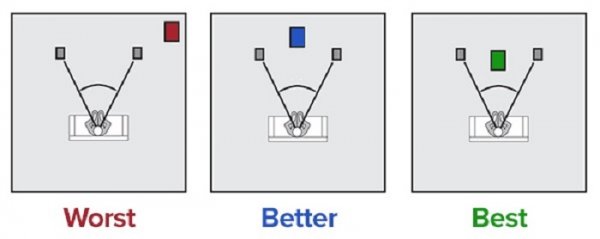Is it kosher to use an RCA splitter?I am using a single B&W PV1d subwoofer (main speakers are Quad 2805 electrostats driven by a refurbished 2x140 watt Quad 606-2).audacity temp mail origin My original impression was one of disappointment as the sound was overripe and woolly, not to say boomy. Reducing the crossover frequency and subwoofer level both helped, but only if done to such and extent that there was little point in having the subwoofer at all. So I started reading and began to surmise that I was suffering from room modes, and perhaps all the more audibly because as dipoles the electrostats elicit far fewer room modes. My solution was to get a DSpeaker Antimode 8033 dsp room eq unit for the subwoofer. The result was quite amazing, with now virtually perfect integration with the ultra clean Quads. Next step will be a second PV1d, for even cleaner/tighter/faster bass. I am sure the difference will be very audible, and over a wider area. I recently did do an REW measurement and it was clear that there is still quite bit of room for improvement beyond what the Antimode 8033 can achieve. The extra sub will also give another 400 watts of amplifier power, and in the frequency range where I probably neeed it most.
Last edited:
